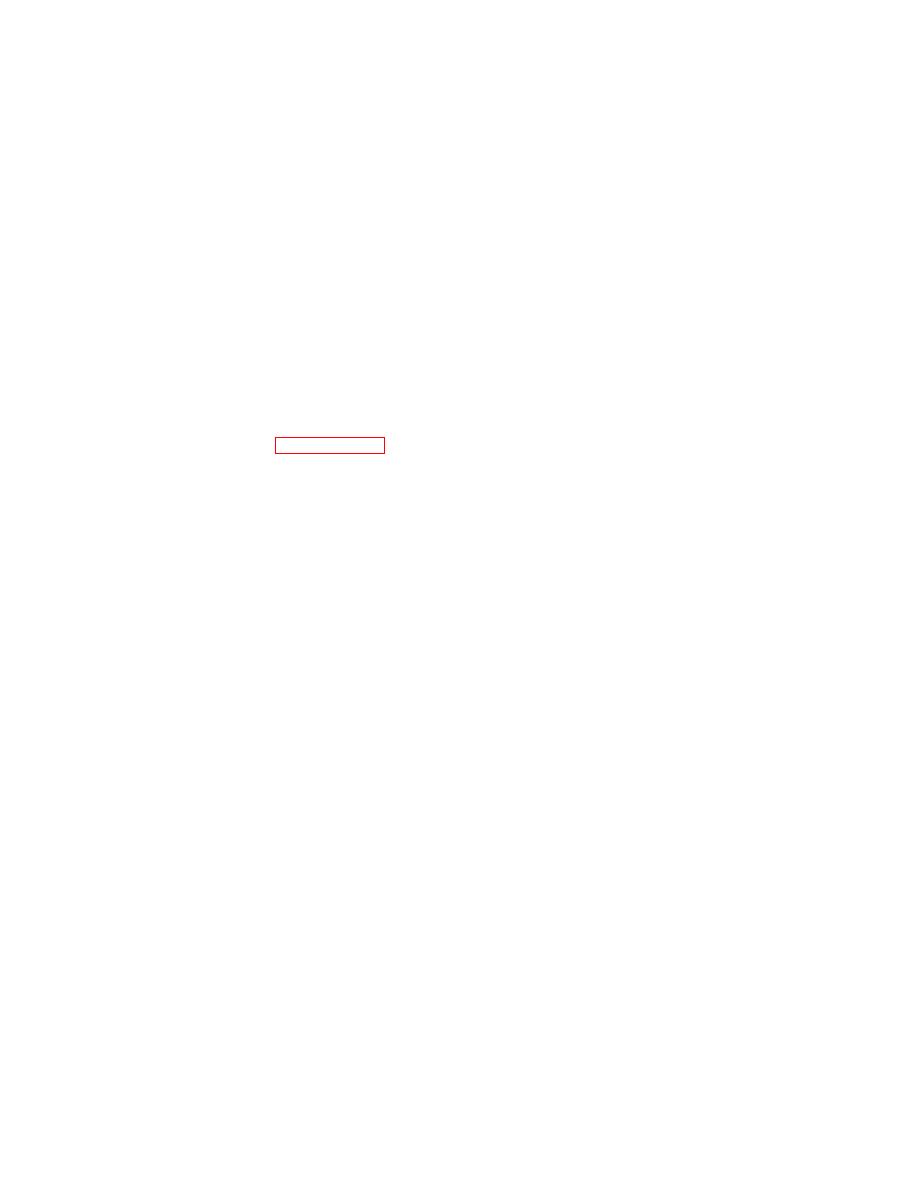
| Tweet |

Custom Search
|
|

|
||
 necessary anchor pattern for good paint adhesion. Surface cleaning methods vary with the type of
surface preparation needed, location, and size of the area being cleaned. Cleaning standards listed below
conform to the standards established by the Steel Surfaces Painting Council. Standards are identified by
the prefix SP followed by the standard number.
3-8. Solvent Cleaning SP-1. Solvent cleaning prepares surfaces by removing oil, grease, dirt, chemical
paint stripper residues, and other foreign matter prior to painting or mechanical treatment. Solvents clean
by dissolving and diluting to permit contaminants to be wiped or washed off the surface.
a. Solvent Cleaning Procedures. The simplest procedure is to first remove soil and dry materials with a
wire brush. The surface is then scrubbed with brushes or rags saturated with solvent, and clean rags are
used to rinse and wipe dry. Immersing the work in the solvent or spraying solvent over the surface is a
more effective method. With either method, the solvent quickly becomes contaminated, so it is essential
that several clean solvent rinses be applied. Under normal conditions mineral spirits is an effective
solvent for cleaning.
b. Solvent Safety Precautions. Toxic solvents and solvents with low flashpoints present serious hazards
to health and safety. Solvents shall not be used for cleaning if their flashpoints are below 37.8C (100F),
or their maximum allowable concentrations (MAC) are less than 100 p/m. Safety precautions to be
followed are described in paragraph 2-24. Safety Precautions for Solvent and Chemical Cleaning.
c. Recommended Solvents. Solvents recommended for cleaning surfaces prior to painting are:
Mineral spirits, NSN 8010-00-558-7026 (5 gallons).
contaminants, including loose mill scale, loose rust, and loosely adhering paint. Hand cleaning is not to be
considered an appropriate procedure for removing tight mill scale and all traces of rust; it is primarily
recommended for spot cleaning in areas where corrosion is not a serious factor.
CAUTION
Removal of contaminants by hand cleaning must be done carefully to avoid deep tool marks or
gouges on the surface.
a. Before hand cleaning, the surface must be free of oil, grease, dirt, chemicals and water-soluble
contaminants, all of which can be removed with solvent cleaners and freshwater rinsing. Impact tools,
such as chipping hammers, chisels, and scalers shall be used to remove rust scale and any heavy
buildup of old coatings. Use vacuum or other removal methods to clean the area of dust and debris. Start
painting as soon as possible after cleaning.
b. In those situations where areas are not accessible to power tools, hand-cleaning methods may have
to be used. Since hand cleaning will remove only the loosest contamination, careful application of primers
is required; preferably by brushing to thoroughly wet the surface. To achieve satisfactory results, all
applied coats must be capable of overcoming the interference of contaminants left behind after hand
cleaning.
a. Cleaning. Power tool cleaning methods will prepare surfaces faster and better than hand tool
methods. Power tools are used for removing small amounts of tightly adhering contaminants that hand
tools cannot remove; but compared with blasting, they are uneconomical and time consuming for removal
of tight mill scale, rust, or old coatings from large areas. Power tools are driven either electrically or
pneumatically and the basic units include a variety of attachments. Before power tool cleaning, the
surface must be free of oil, grease, dirt, chemicals, and water-soluble contaminants, all of which can be
removed with solvent cleaners and fresh water rinsing. If oily residue is detected after power tool
|
||
 |
||